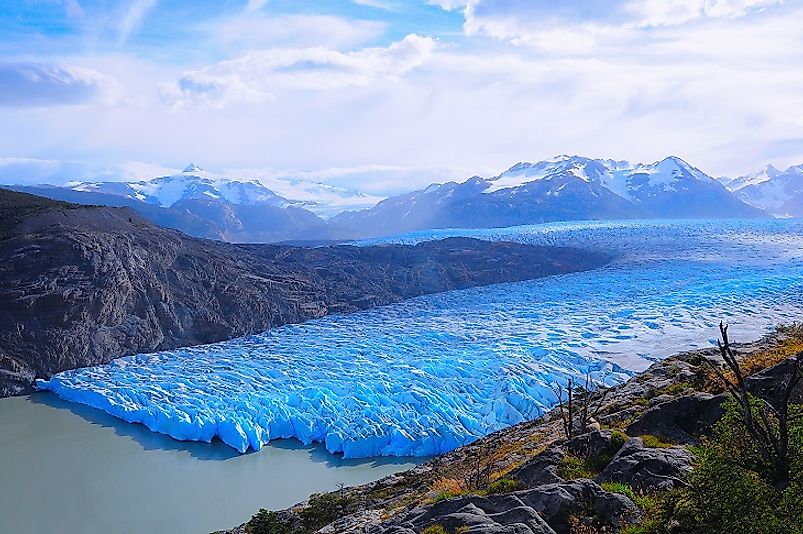What Are Earth System Studies?

What is ESS?
The basic systems science, studied and developed on all levels of education and fundamental science practices have found its application in Earth system science (ESS). Interactions between the Earth's water, ice, rock, living things, and atmosphere give comprehensive picture of a model where different processes in nature could be described under the terminology common in natural sciences, such as chemistry, physics, biology and mathematics.
Interplay of the Earth's Constituent Parts
An integral approach of Earth system science embraces social sciences as well, including such varied fields as ecology, sociology, and economics. In 1985, Japanese scientists compared Earth system science with a house built in the four season zone, stating that not only what the house built of but all factors influencing the construction in changing whether and, not least importantly, inhabitants' behavioral patterns have to be taken in consideration as the whole system. The interaction between the Earth's spheres, such as atmosphere, hydrosphere, cryosphere, geosphere, pedosphere, biosphere, and the magnetosphere, is the subject of knowledge about how to treat the Earth as an integrated system.
Vernadsky's Contribution
Scientific researches of the past mainly focused on aspects such as the age of the Earth and the processes of mountain and ocean formation, so ancient earth system studies began in the field of geology, initially in China and the Middle East. In contemporary science the first attempt to explain the interaction model of Earth processes was done by Russian-Ukrainian scientist Vladimir Vernadsky (1863-1945) who saw the biosphere as a geological force living and developing into different forms of life. Twenty years after Vernadsky's passing James Lovelock postulated that the biosphere has a regulatory role in communication mechanisms within the Earth system, the concept which he called "Earth Feedback hypothesis". At the end of 20th Century with the availability of computer technologies, the systems science was developing across other sciences. It led to development of climate models that allowed interacting simulations of the climate in different regions of the Earth.
The Role of NASA
As a separate study ESS began to exist with the creation of the Earth System Science committee within NASA in 1983. The book by NASA titled A Closer View (1988), gave comprehensive analyses of development of Earth system science, emphasizing the civilizational impact that have been growing rapidly in the last decades of 20th Century. The book concludes that Earth System Science aims at better understanding, description and modeling the Earth's climate system.
Understanding the interactions among the earth's spheres and the events that occur within the ecosystem allows people to predict the outcomes of events. Being able to predict is particularly useful when substantial construction projects are on the stage of inception. The demand for climatology reports and climate change processes in the given region is central in projecting any significant plant, dam, hydro or nuclear power station.
The Earth's climate system illustrates the whole planetary system of interaction between lithosphere, hydrosphere, biosphere and atmosphere. Thus it can be projected or taken as a template to describe similar processes in other subjects of Earth System science. In addition to the four sphere interactions mentioned above, contemporary ESS examines six major interactions that occur among the earth's spheres:
lithosphere - hydrosphere
lithosphere - biosphere
lithosphere - atmosphere
hydrosphere - biosphere
hydrosphere - atmosphere
biosphere - atmosphere











